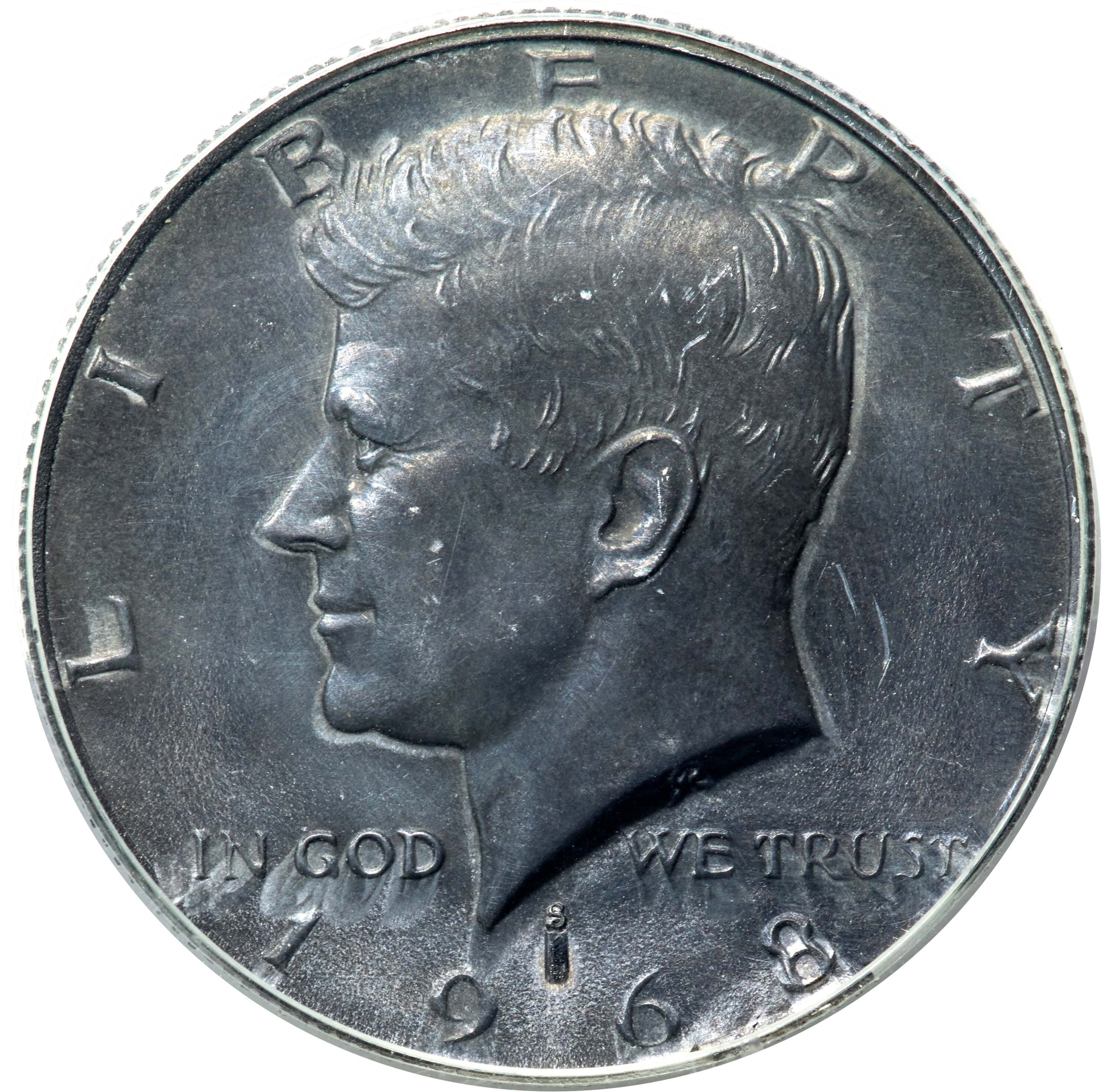The following mint errors are featured in the upcoming 2025 August 26 - 31 ANA US Coins Signature® Auction #1385.
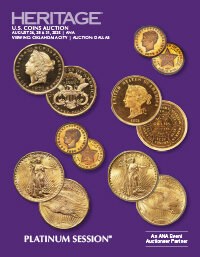
Images Courtesy of Heritage Auctions, HA.com
1944 Lincoln Cent, AU50
Obverse Mirror Brockage
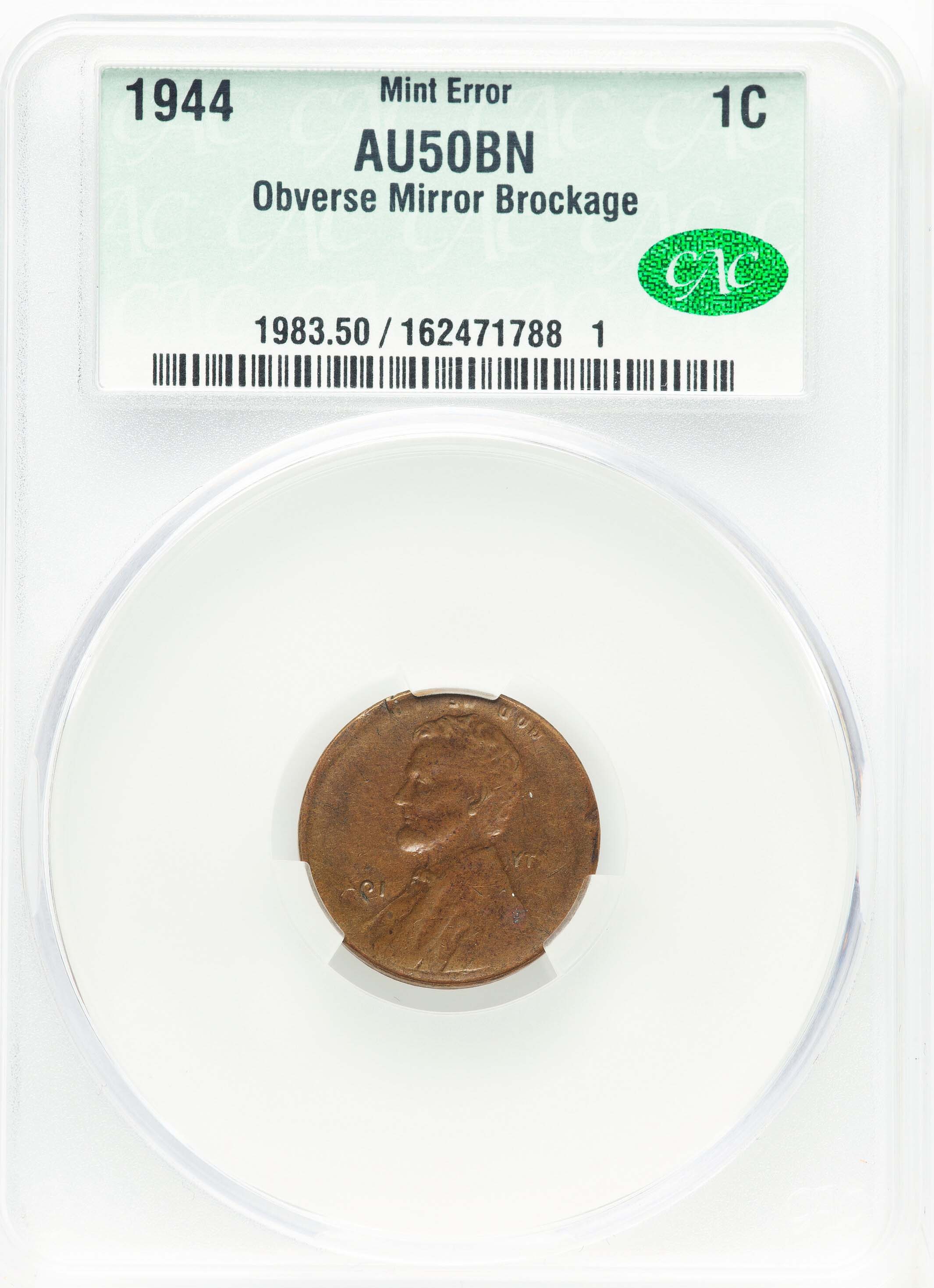


1944 Lincoln Cent -- Obverse Mirror Brockage -- AU50 CACG. The story of the present lot begins with the coin struck immediately before it. That coin stuck to the reverse die, and served as a surrogate die to a newly fed planchet. This planchet (to become the present coin) was struck between the obverse die and the obverse of the previously struck coin. This lightly circulated chocolate-brown World War II cent has a normal obverse and an incused and reversed reverse. The strike is soft on the reverse periphery, since the obverse die was much harder than the reverse die cap, or previously struck cent. This importance of this brockage was recognized by the Greysheet's CAC Rare Coin Market Report, which placed the coin on the cover of the May-June-July 2024 issue.


1926-S Mercury Dime, AU55
Double Struck, 2nd Strike Off Center
Low-Mintage Semikey



1926-S Mercury Dime -- Double Struck, 2nd Strike Off Center -- AU55 NGC. The first strike was normal, but the coin failed to fully eject, and was struck a second time. The second strike was about 80% off center toward 12 o'clock, at 1 o'clock relative to the first strike. No planchet was fed between strikes, thus the second strike shows portions of both designs, including the date and the top of the fasces. A search of our auction archives revealed only a few double struck Mercury dimes, none of which displayed two dates. Lightly toned and partly lustrous. The 1926-S has one of the lowest mintages of any Mercury dime issue. Only the 1916-D key, the 1921 and 1921-D semikeys, and the 1931-D have smaller productions. The 1926-S is much scarcer in higher grades than the 1931-D, which was saved in roll quantity.
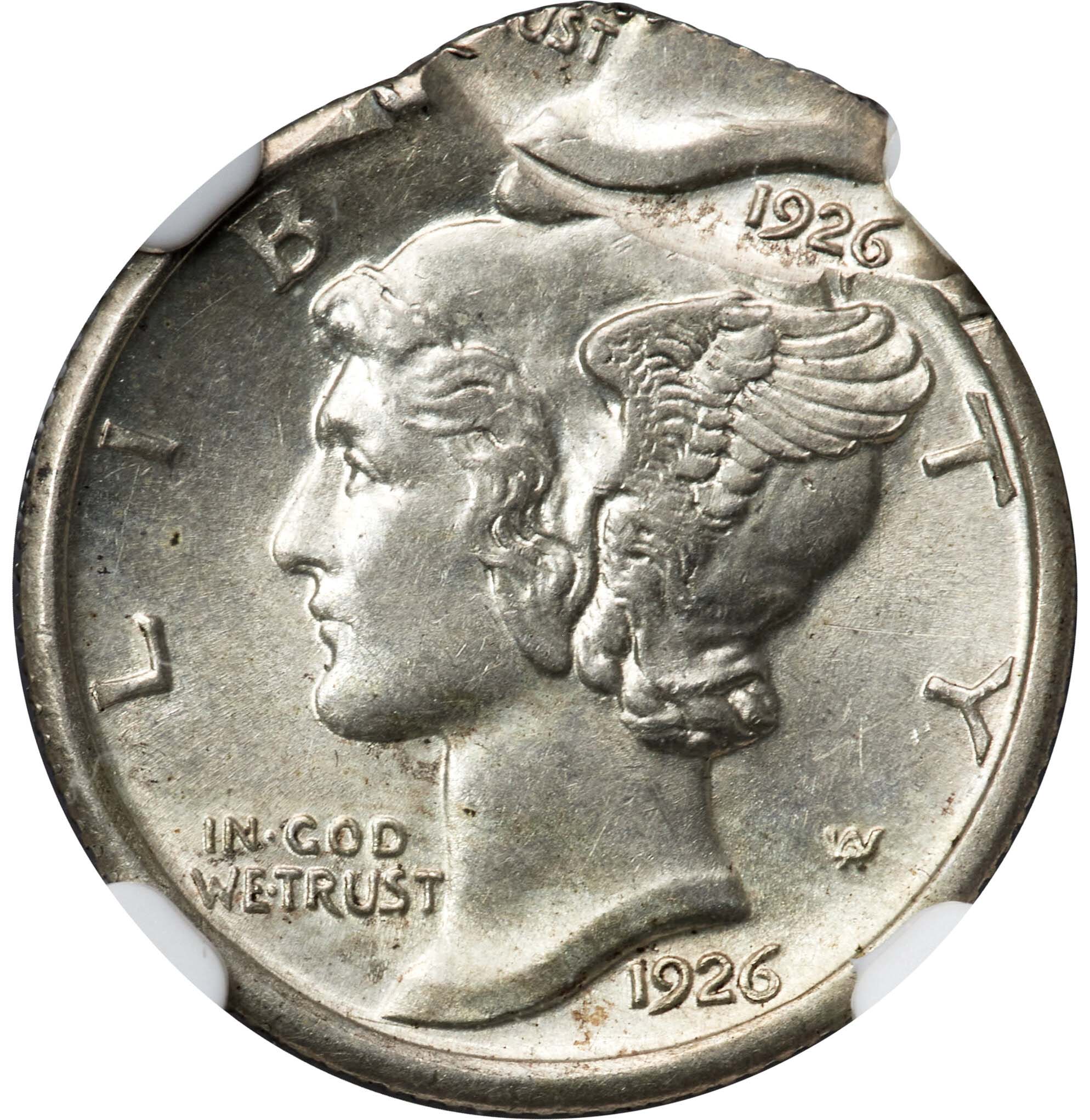
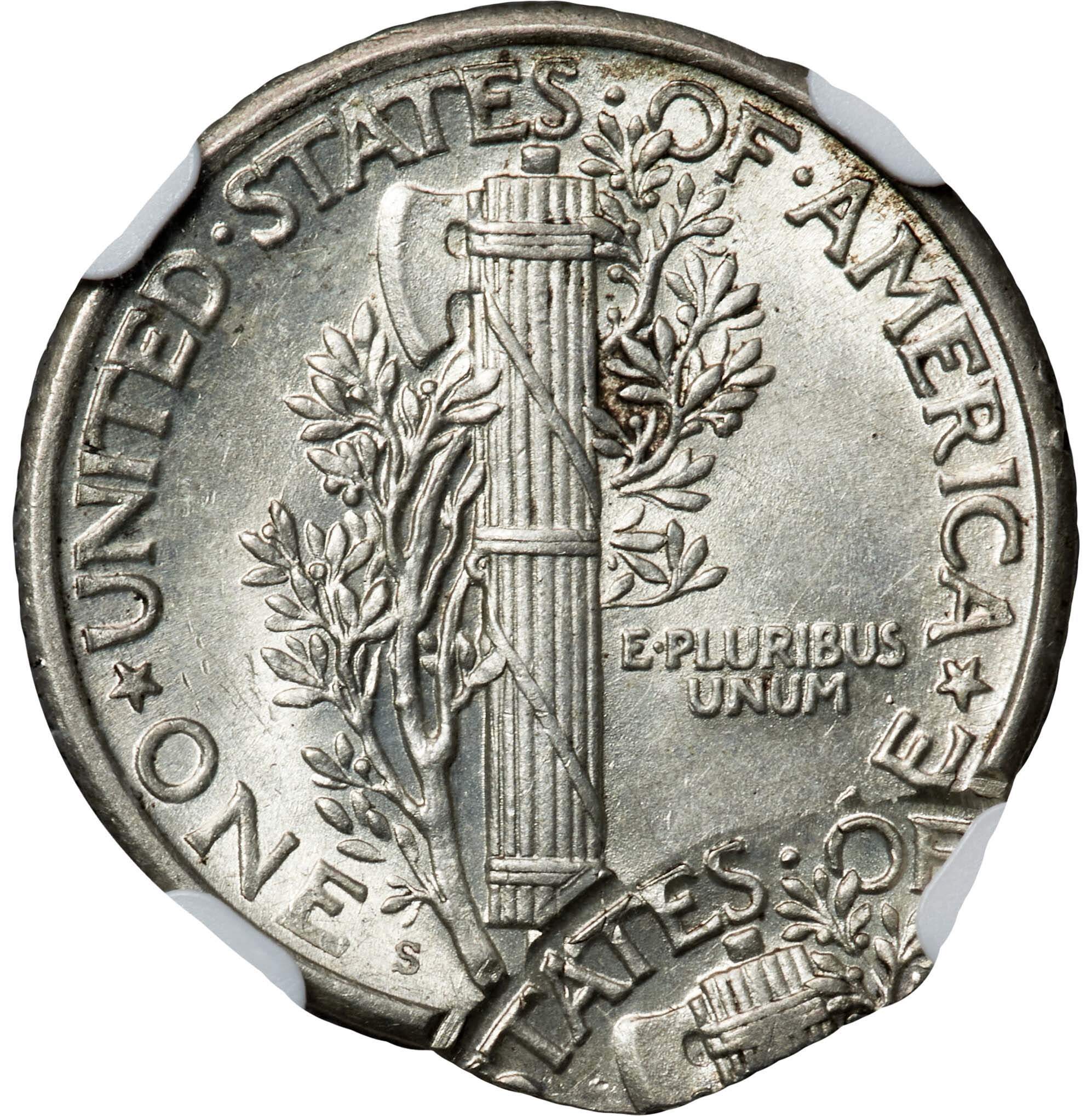
1928 Lincoln Cent, XF45
Struck on a Dime Planchet



1928 Lincoln Cent -- Struck on a Dime Planchet -- XF45 NGC. 2.5 grams, the standard weight of a 90% silver dime. The rim is mushy except below the bust, IN GOD WE TRUST shows spreading toward the edge, and the high points are lightly brought up, all characteristic of a strike on an undersized planchet. Despite its unusual silver-gray appearance, this Wheat cent nonetheless enjoyed a brief stint in commerce before an eagle-eyed observer set it aside. A few small spots are scattered across otherwise unblemished surfaces.


1938-S Lincoln Cent, XF45
Coined on a Dime Planchet



1938-S Lincoln Cent -- Struck a Dime Planchet -- XF45 NGC. 2.5 grams, equal to a standard 90% silver dime. The present off-metal cent was struck flush with the collar die at 4:30, thus the strike is fairly sharp on the date, mintmark, and lines of the right wheat ear. But most of the coin has a soft, broad rim, and spreading toward the border is evident on IN GOD WE TRUST. The L in LIBERTY shows only its tail. Luster glints from untoned, minimally marked surfaces. The 1938-S has less than one-tenth the mintage of its Philadelphia cousin.
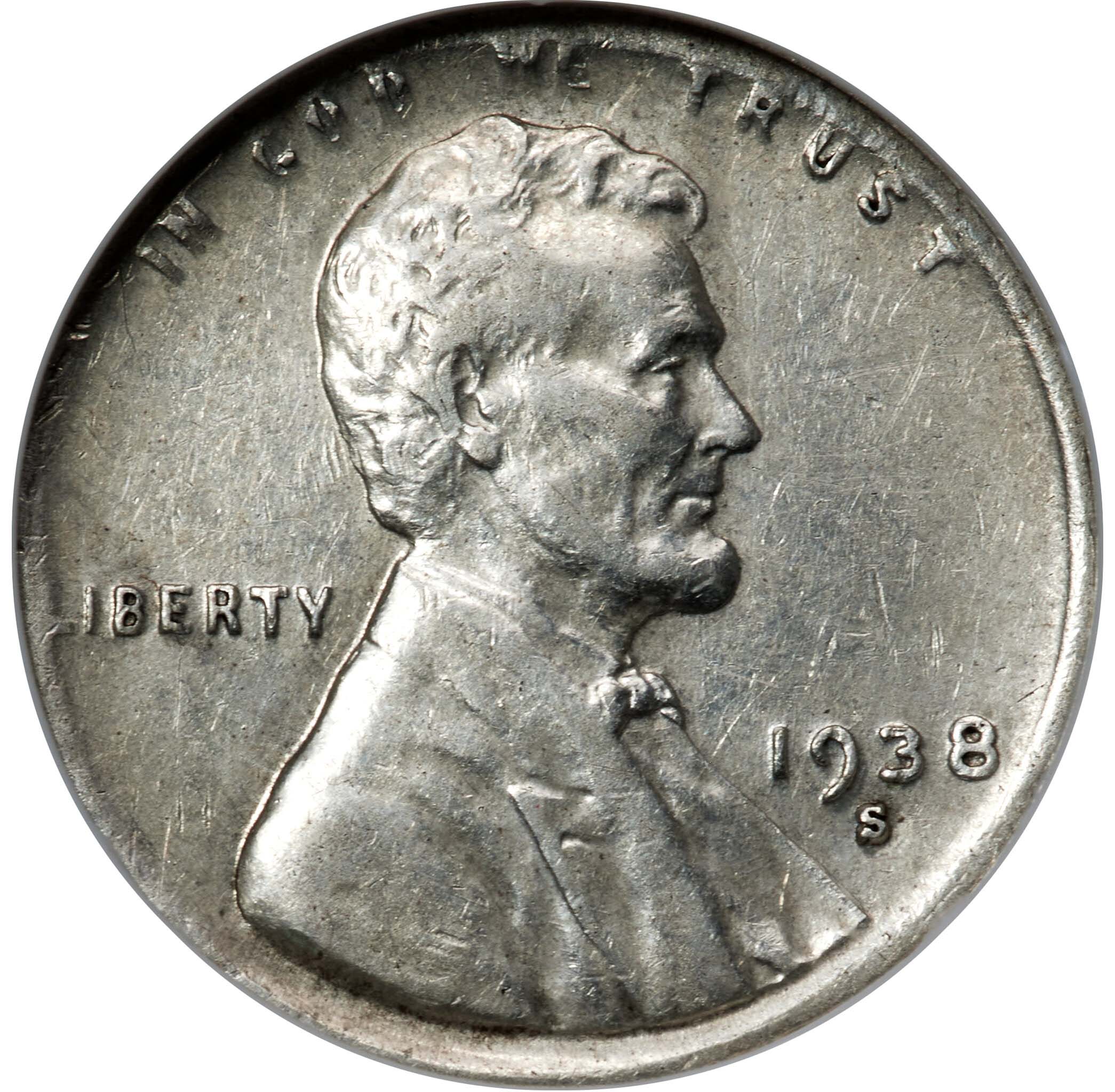

1980-D Lincoln Cent, MS64
Struck on a 90% Silver Dime Planchet
Unusual Obsolete Planchet Mint Error
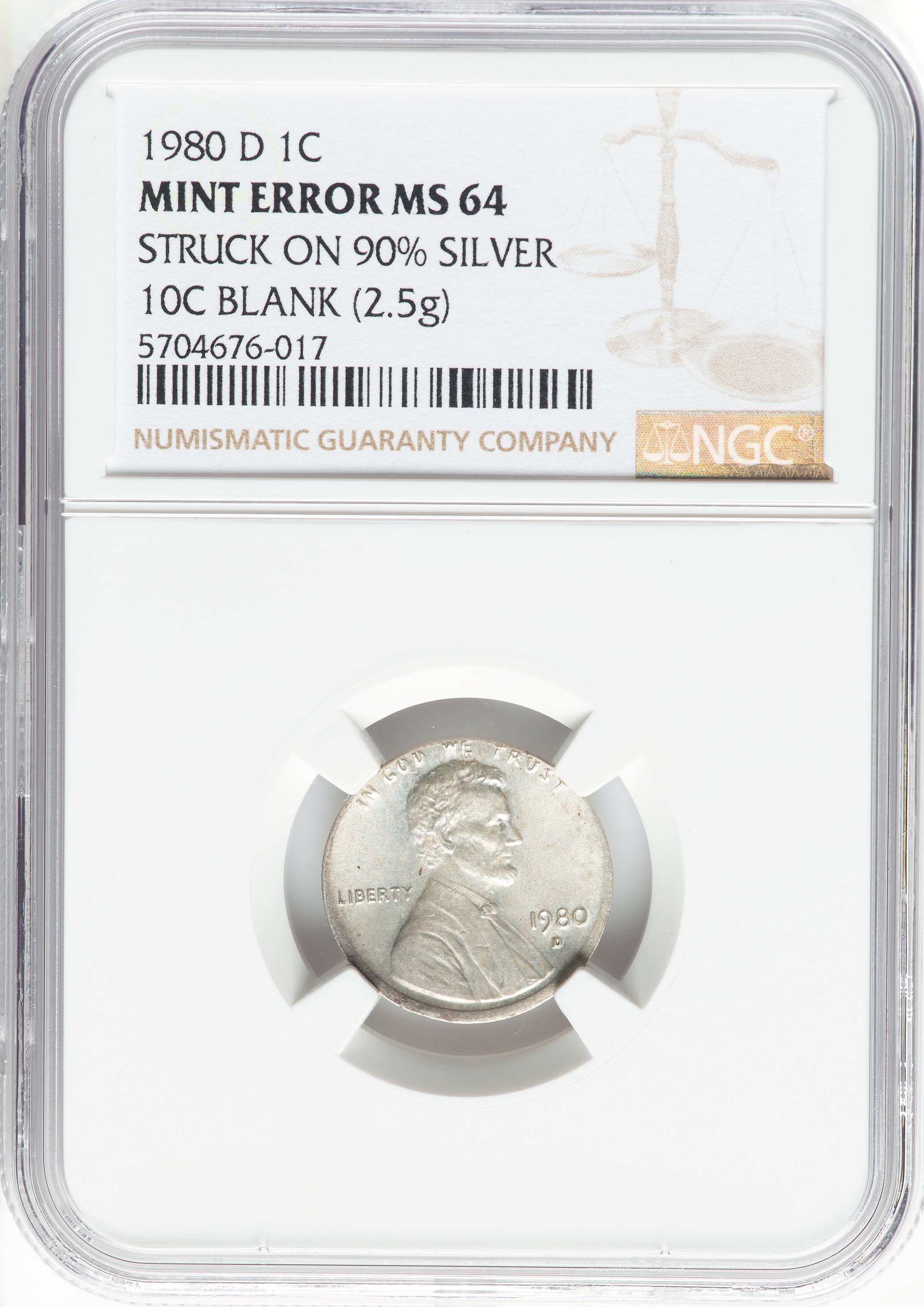

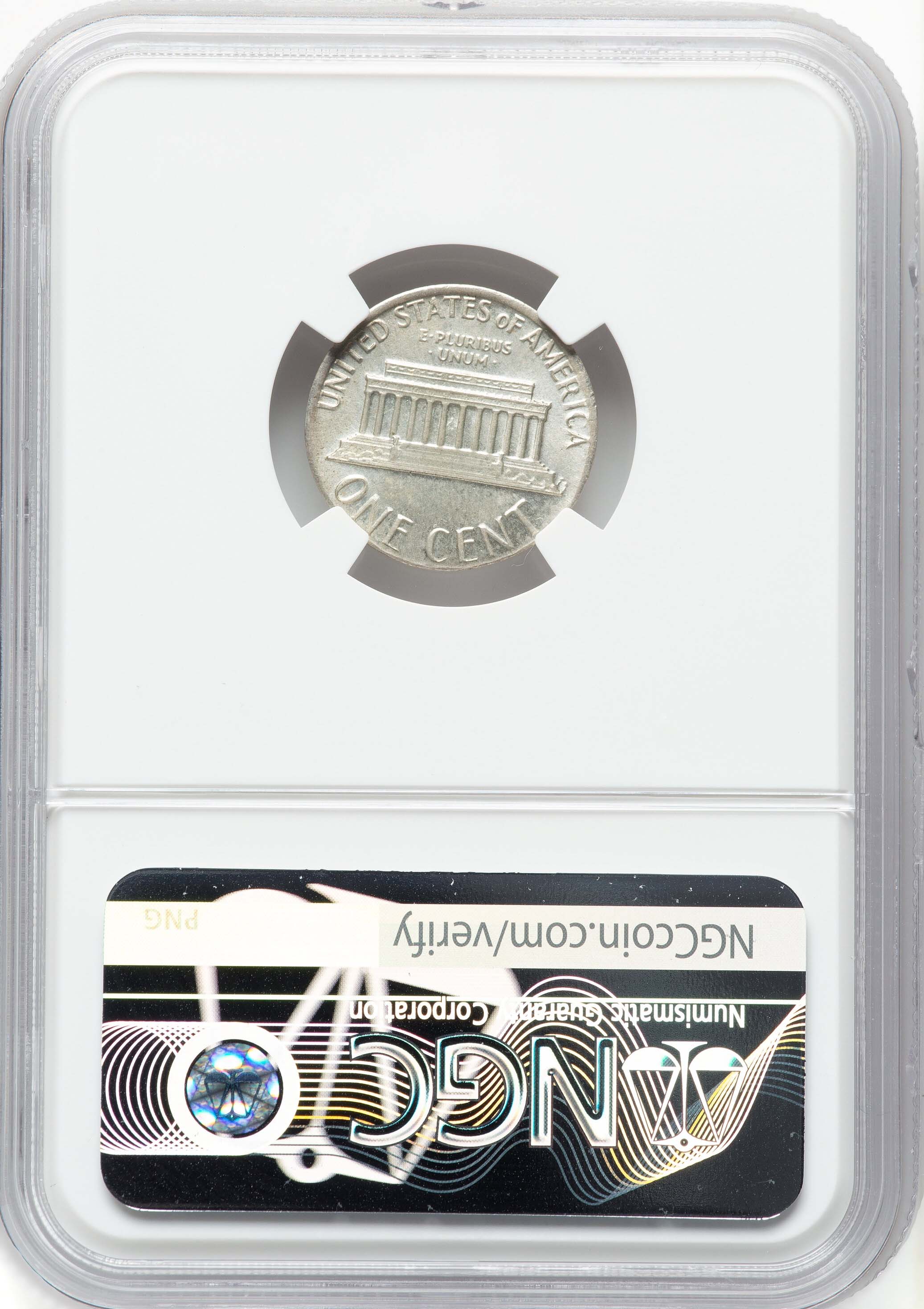
1980-D Lincoln Cent -- Struck on a 90% Silver Dime Blank -- MS64 NGC. 2.5 grams, the expected weight of a 90% silver dime. An unusual offering. While most post-1964 Denver Mint Lincoln cent issues can be collected on clad dime planchets, allowing for considerable patience between auction or dealer list appearances, post-1964 cents on silver dime planchets are great rarities. This is especially the case for dates prior to 1992, when silver proof set production resumed. Perhaps a visitor to the Denver Mint, or perhaps a mint worker or planchet supplier employee, placed one or more 90% silver dime planchets into a bin of cent planchets, just for the fun of surprising the unknown eventual finder. Struck flush with the collar die near 6 o'clock. The tops of IN GOD WE TRUST approach the edge. Smooth and satiny with light tan border toning.


Undated Bicentennial Ike Dollar
Proof Strike on a Silver-Clad Outer Layer



(1776-1976)-S Bicentennial Eisenhower Dollar, Silver Proof -- Struck on an Outer Silver-Clad Layer -- NGC. 4.04 grams. Type One Reverse. Clad coins usually have two clad layers separated by an inner layer of pure copper. 40% silver halves and dollars were the exception, struck with outer layers of 80% silver and a core layer of 20.9% silver. The two outer layers and its core are typically fused together on unstruck planchets, but on rare occasion, an outer layer does not bond to the other two layers. The present proof Bicentennial Ike dollar is struck on an outer silver-clad layer. As one might expect from the unexpectedly thin planchet, the strike is very soft, though the types are evident, and the mintmark is sharp.


1896-S Double Eagle, Mint State
Obverse Struck Through Grease



1896-S $20 Liberty Double Eagle -- Obverse Struck Thru -- NGC. A dramatic amount of material, mostly likely grease, affected the strike on the obverse side. The grease filled stars 4 to 13, as well as the high points of the portrait, with occasional glimpses of detail. According to a writer at MintErrorNews.com, it is "the most dramatic struck thru that I have ever seen on a U.S. gold coin in over 45 years as a full time professional coin dealer specializing in mint errors .. It is 75% struck thru." The reverse has a normal appearance. NGC does not assign a numerical grade to the present coin, but it appears to be Mint State, with bountiful cartwheel luster. The wheat-gold surfaces display scattered small marks consistent with bank vault storage.
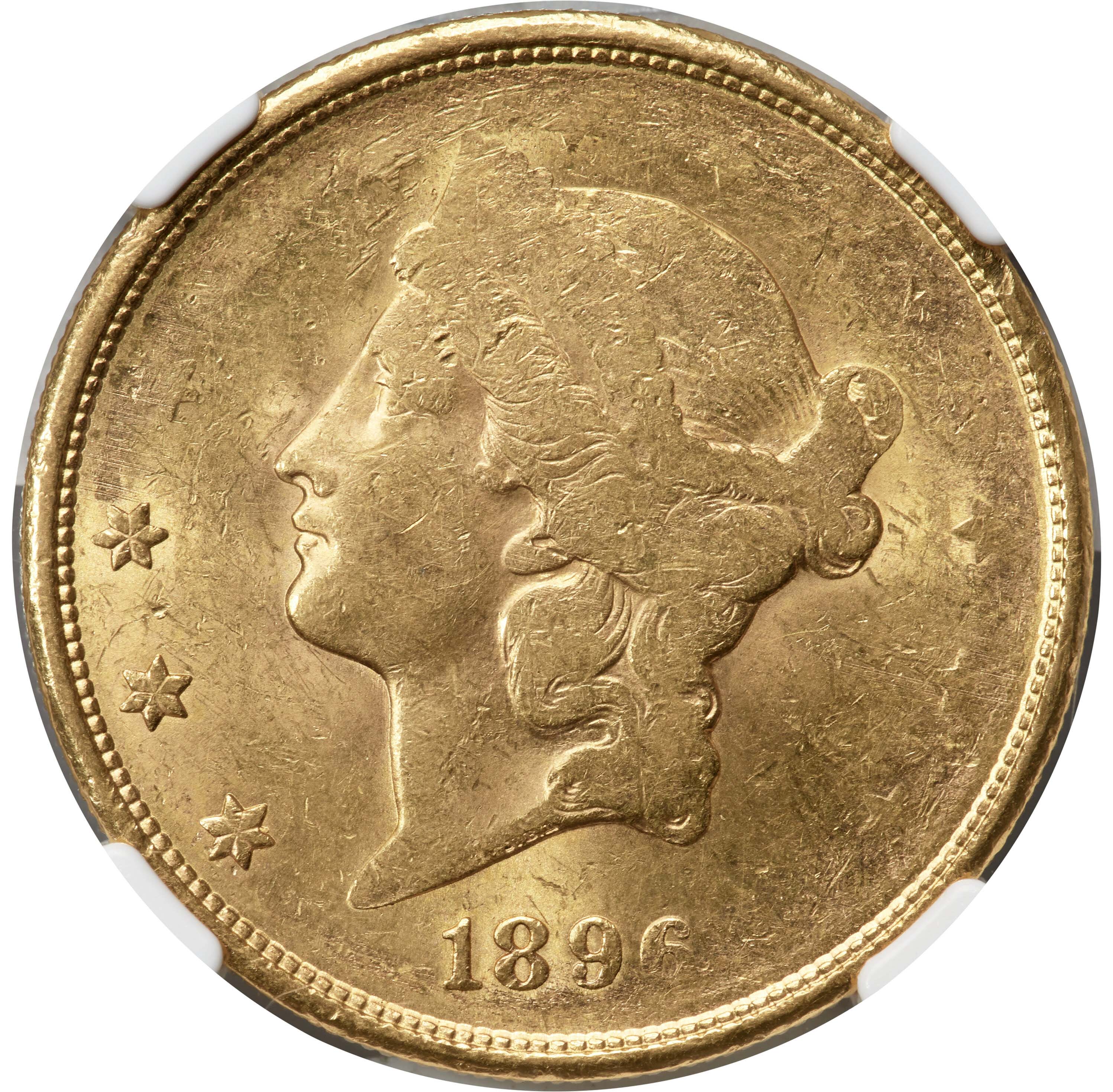
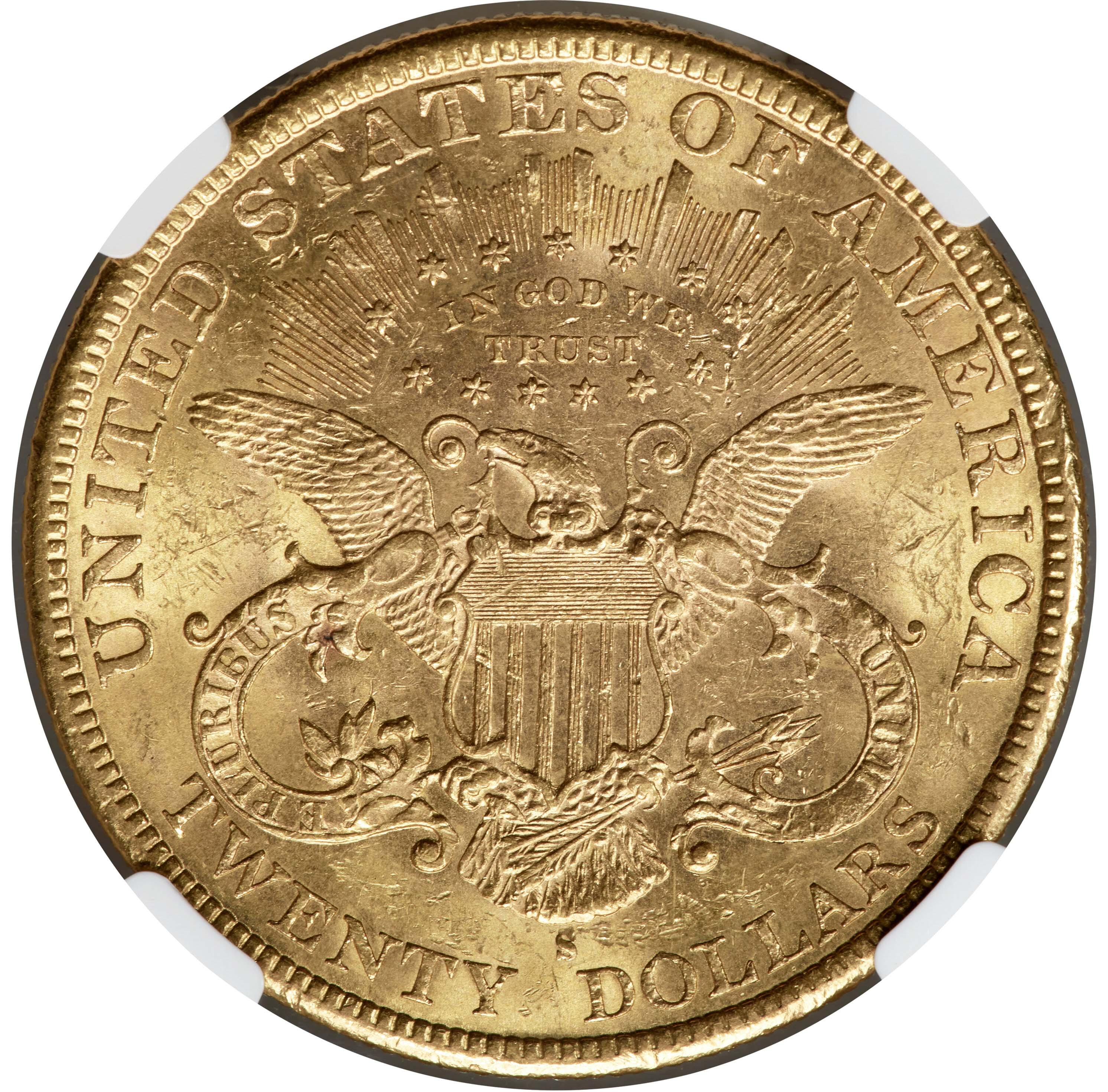
1999 'Dual-Date' Cent, MS63 Red and Brown
Struck on a Struck 1996 Cent
Clear Two-Sided Undertype



1999 Lincoln Cent -- Double Struck on 1996 Cent -- MS63 Red and Brown PCGS. An extremely rare "dual-date" cent, created by a struck coin of one date being overstruck with the same denomination of a different date. In this care, the two strikings occurred three years apart. The equation for this error was simple: a normal 1996 cent was dropped into the planchet hopper in 1999 and struck again. However, the resulting phenomenon is quite exceptional. The entire undertype of the 1996 strike is visible on both sides of this coin, including the entire 1996 date, which appears at the top of Lincoln's brow, overlapping WE. Satiny luster yields mostly copper-red color, with amber overtones that earn the Red and Brown grade.
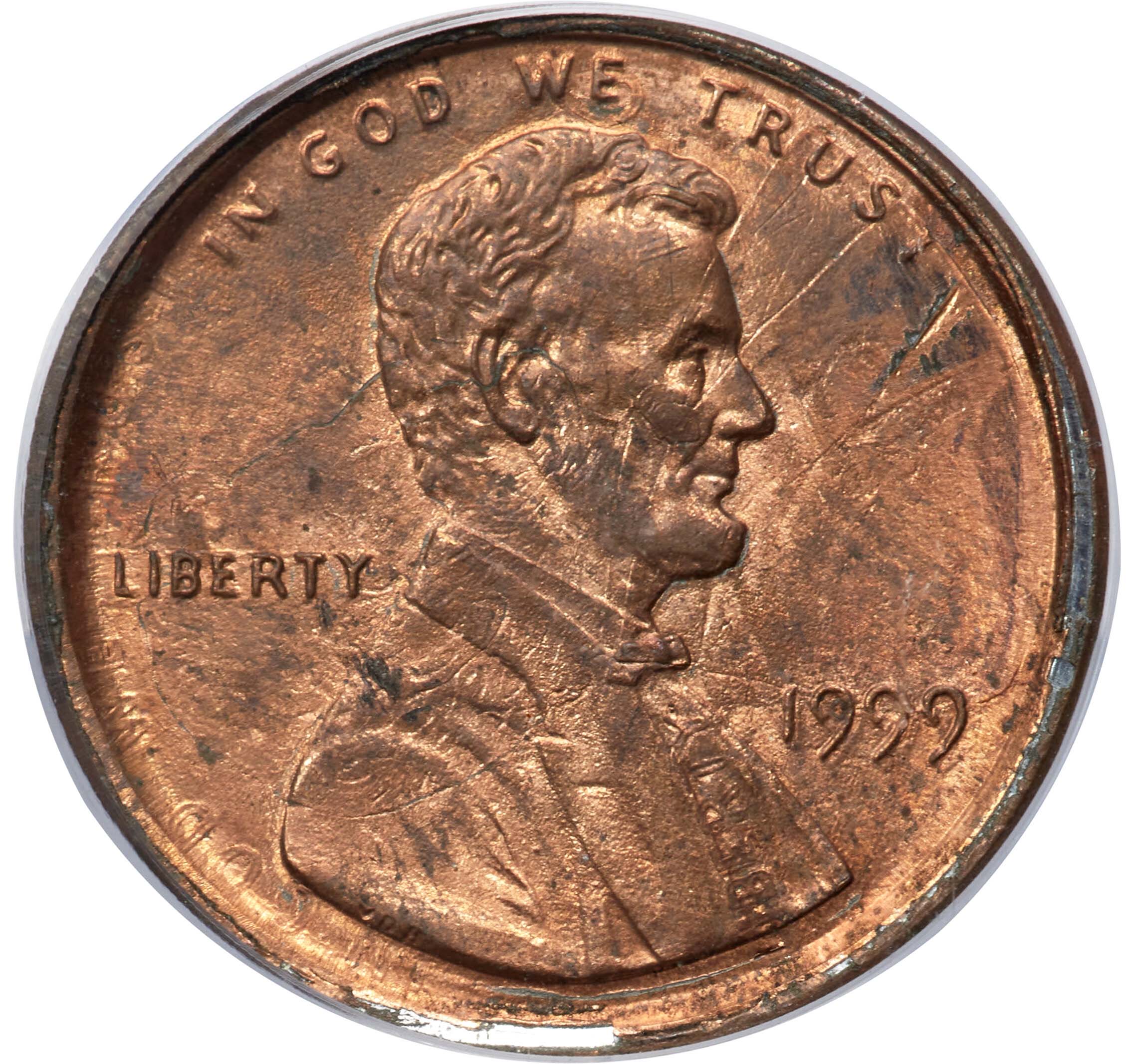

1968-S Half Dollar, PR62
Struck on a Magnetic Planchet



1968-S Kennedy Half Dollar -- On a 125 Grains Magnetic Planchet -- PR62 PCGS. The present lot was long in the personal collection of error coin specialist Fred Weinberg. MintErrorNews.com quotes Mr. Weinberg as ""as far as I know, this is the only known U.S. proof mint error on a magnetic planchet and it is fascinating!" MintErrorNews.com adds, "although authenticated and certified by PCGS as Proof 62, it is as struck. The magnetic planchet does not have the reflectivity of a regular polished proof planchet, nor does the cameo portrait show on the obverse. It has the typical look and color of the few Mint State U.S. coins that are known to be struck on smaller magnetic washers."
